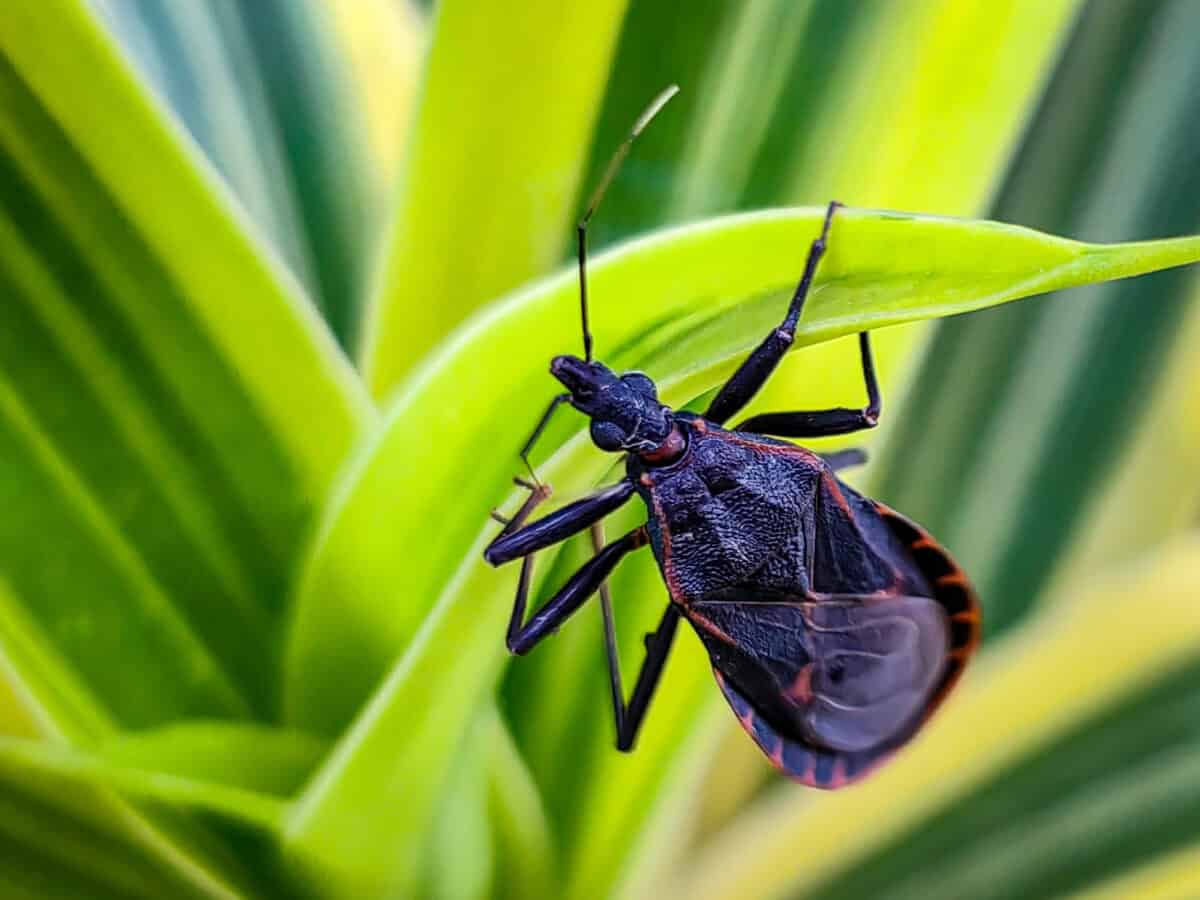Insects are among the most diverse and numerous organisms on the planet, playing crucial roles in ecosystems. However, not all of them are as harmless as they seem. Some can pose significant threats to humans due to their venom, diseases they carry, or aggressive behavior. The following guide will introduce you to the top 12 deadliest insects that are best avoided.
1. Mosquitoes

Mosquitoes might look innocuous, but they are considered one of the deadliest insects in the world. These tiny bloodsuckers are vectors for numerous diseases, including malaria, dengue fever, Zika virus, and West Nile virus. Mosquitoes transmit these diseases when they feed on human blood, making them a significant global health concern, particularly in tropical and subtropical regions.
2. Tsetse Flies

The Tsetse fly is notorious for transmitting African trypanosomiasis, commonly known as sleeping sickness. Endemic to sub-Saharan Africa, the disease caused by a protozoan parasite leads to severe neurological symptoms and can be fatal if untreated. The control of tsetse fly populations is crucial in managing the spread of this disease.
3. Anopheles Mosquitoes

While all mosquitoes can carry diseases, Anopheles mosquitoes are explicitly linked to the spread of malaria, a life-threatening disease prevalent in many tropical and subtropical areas. The female Anopheles mosquito transmits the Plasmodium parasites to humans through bites, necessitating preventive measures such as insecticide-treated nets and indoor spraying in high-risk zones.
4. Killer Bees
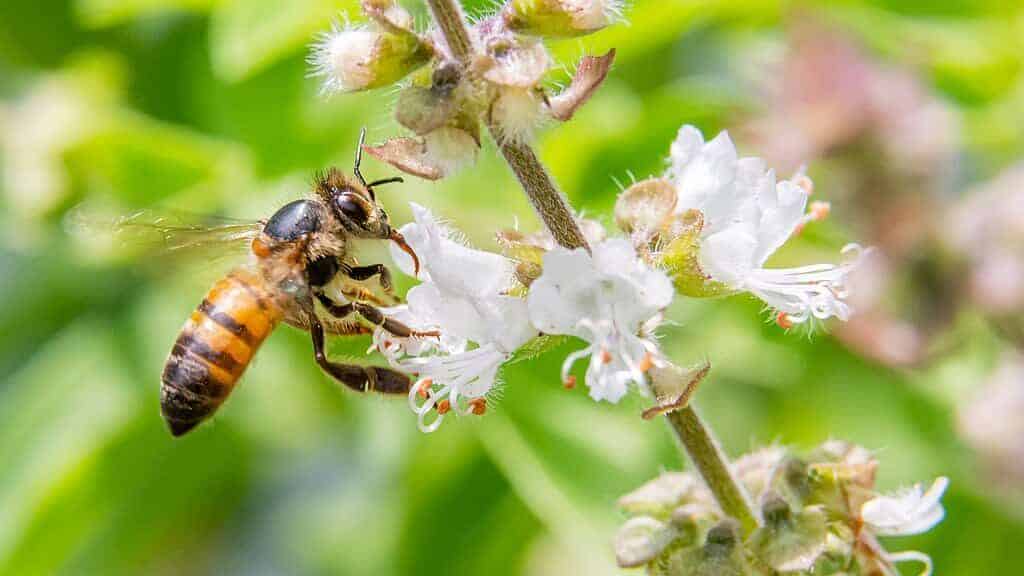
Also known as Africanized honeybees, killer bees are an aggressive breed resulting from the crossbreeding of African and European honeybees. Known for their defensive nature, they attack in large numbers with their painful stings, which can be deadly to humans and animals if the victim is allergic or stung repeatedly.
5. Kissing Bugs

Kissing bugs might sound charming, but they harbor a dangerous secret: Chagas disease. These insects transmit the disease by defecating near their bite sites, allowing the protozoan parasite Trypanosoma cruzi to enter the body. Chagas disease can cause severe heart and digestive system complications, potentially leading to death if untreated.
6. Asian Giant Hornets
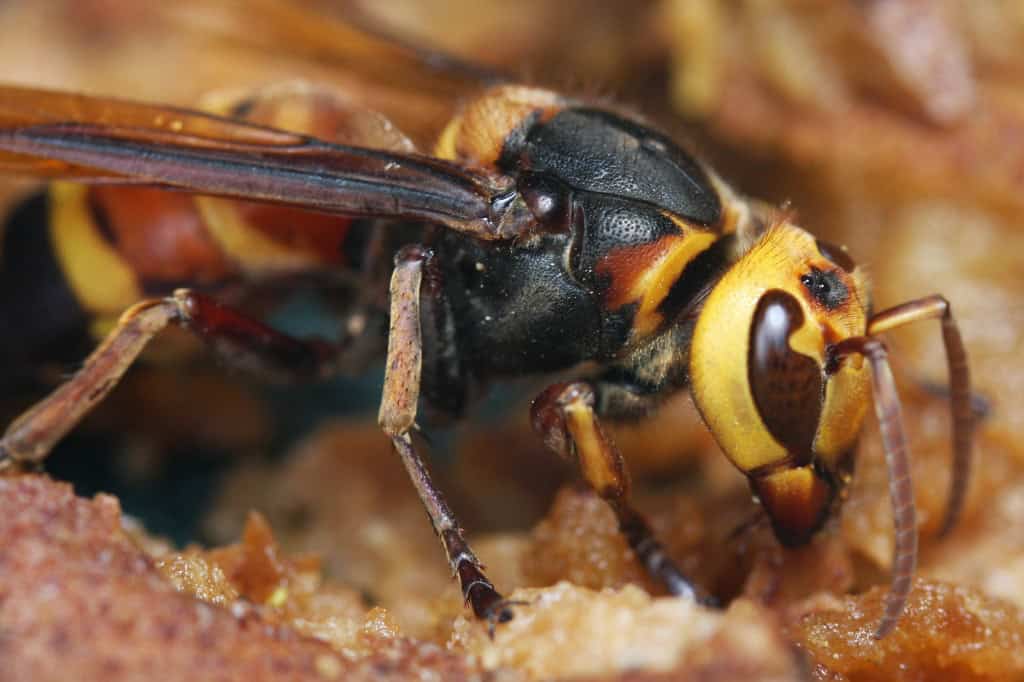
The Asian Giant Hornet, notorious for its painful sting and sheer size, can be deadly both to humans and bees. Their venom is potent, and multiple stings can be lethal, especially to those allergic. Recent sightings of these hornets in North America have raised concerns about the threat they pose to local ecosystems and human safety.
7. Army Ants

Army ants, particularly the African Driver ants, are known for their aggressive foraging behavior. They move in large swarms, consuming live prey in their path. While generally not a direct threat to humans, their overwhelming numbers and powerful bites can be harmful, especially for those who inadvertently disturb their trails.
8. Bullet Ants

Native to Central and South America, the Bullet ant is infamous for its incredibly painful sting, often described as feeling like a gunshot wound. Although not deadly, the excruciating pain can last for up to 24 hours and cause temporary paralysis or extreme discomfort to those stung.
9. Fire Ants
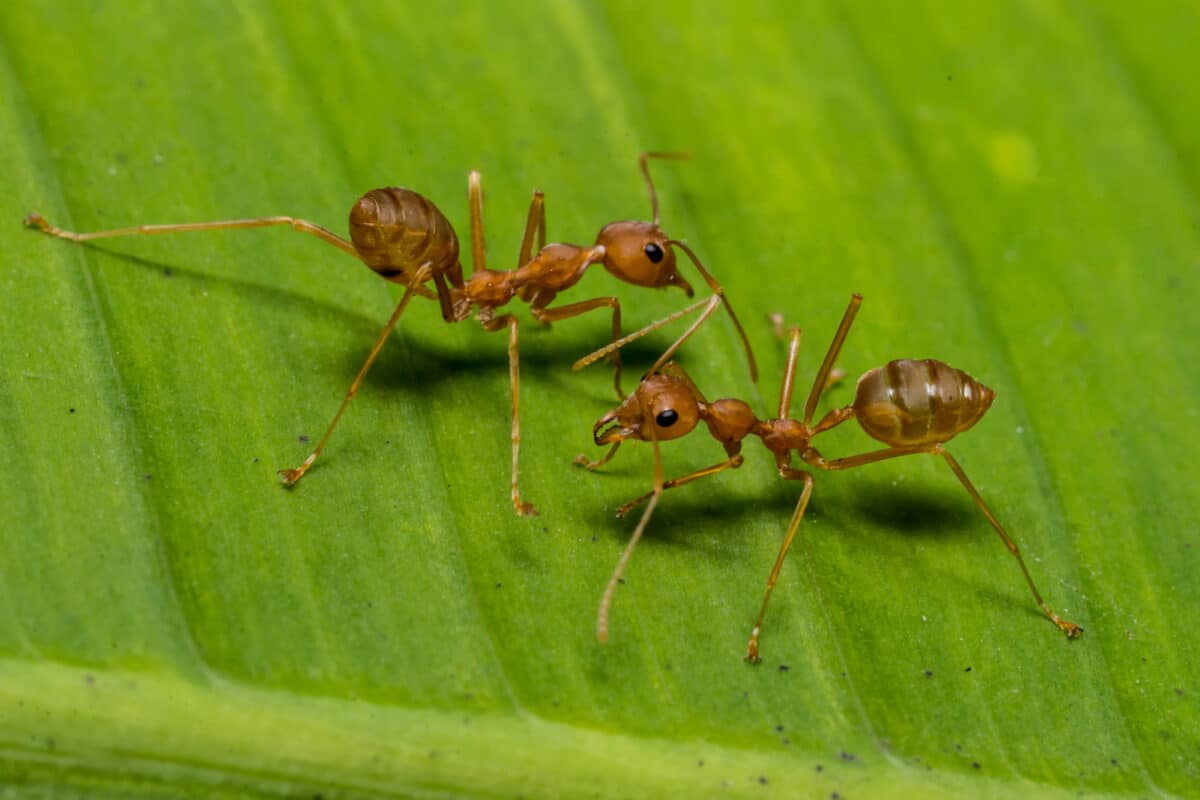
These invasive pests are known for their fiery sting, which causes a burning sensation and can lead to allergic reactions in some individuals. Found primarily in the southern United States, fire ants can be aggressive when their nests are disturbed, making them a particular threat to humans and pets alike.
10. Botflies

Botflies are known for their gruesome larval stage, during which they parasitize mammals, including humans. The larvae develop beneath the skin, causing painful swellings and potentially severe infections. While botflies are not inherently deadly, the discomfort and risk of secondary infection make them a formidable pest.
11. Black Widow Spiders
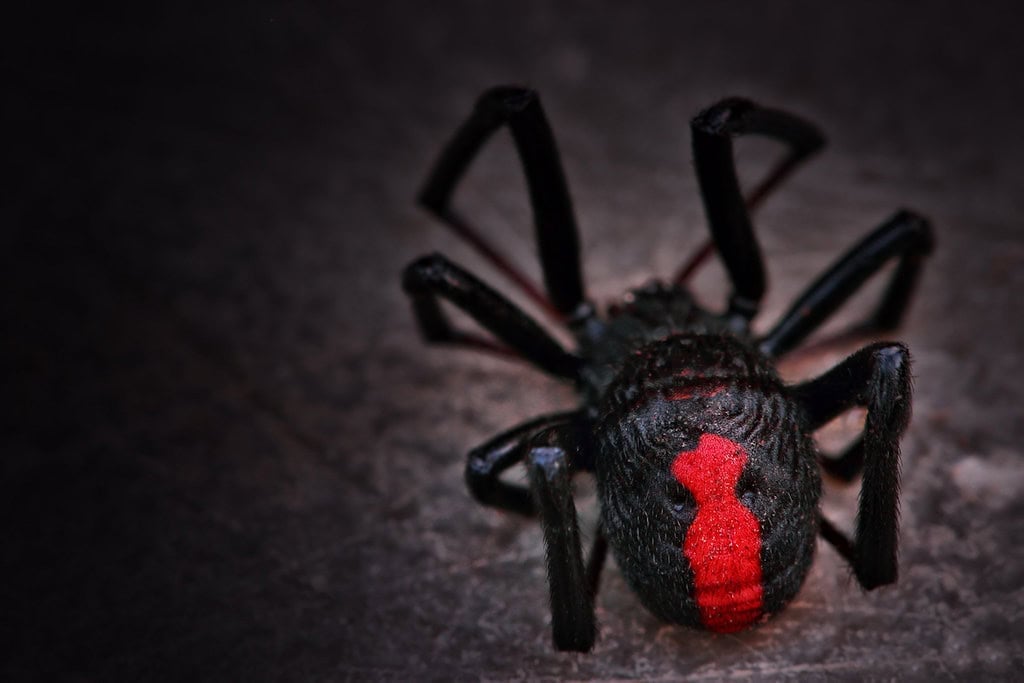
Black widow spiders are infamous for their potent venom, which can cause severe pain, muscle cramps, and systemic effects. Found throughout the world, the female black widow is identifiable by her shiny black body and red hourglass marking. While fatalities are rare due to advancements in medical treatment, their bite remains dangerous, especially to children and the elderly.
12. Sand Flies

Sand flies are responsible for spreading leishmaniasis, a disease causing skin sores or, in severe cases, affecting internal organs. Found in tropical regions, sand flies are challenging to see and avoid, making them a dangerous carrier of this debilitating disease.
Conclusion
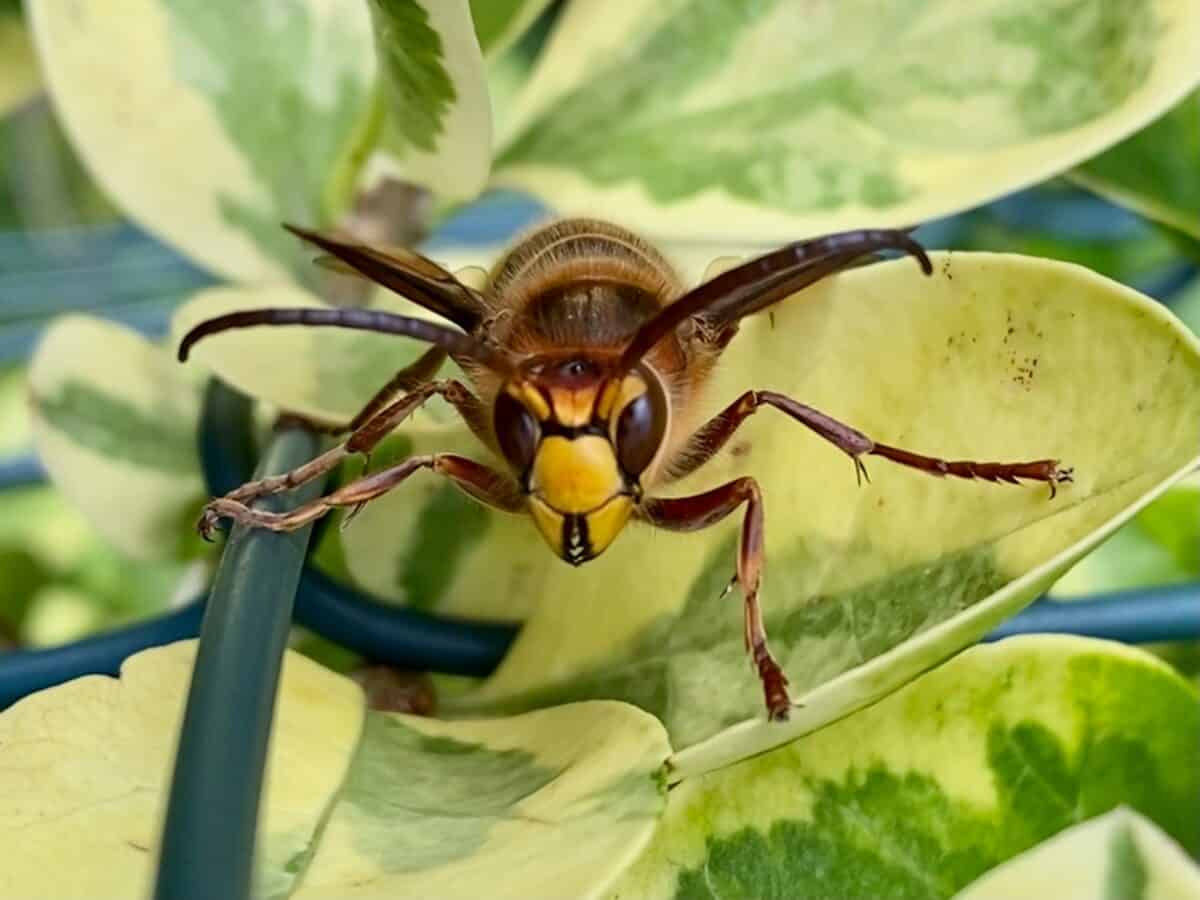
In conclusion, while insects play vital roles in our ecosystems, some can pose significant dangers to our health and well-being. Understanding these risks and taking preventive measures, such as using insect repellent and wearing protective clothing, can significantly reduce your chances of encountering these deadly insects. Awareness and education are the first steps in ensuring our safety in an insect-filled world.
- 15 Tips for Managing Spider Infestations During Storm Season - August 8, 2025
- How Superstorms Have Reshaped Coastlines Over Time - August 8, 2025
- The Biggest Moose Ever Recorded in the US - August 8, 2025

